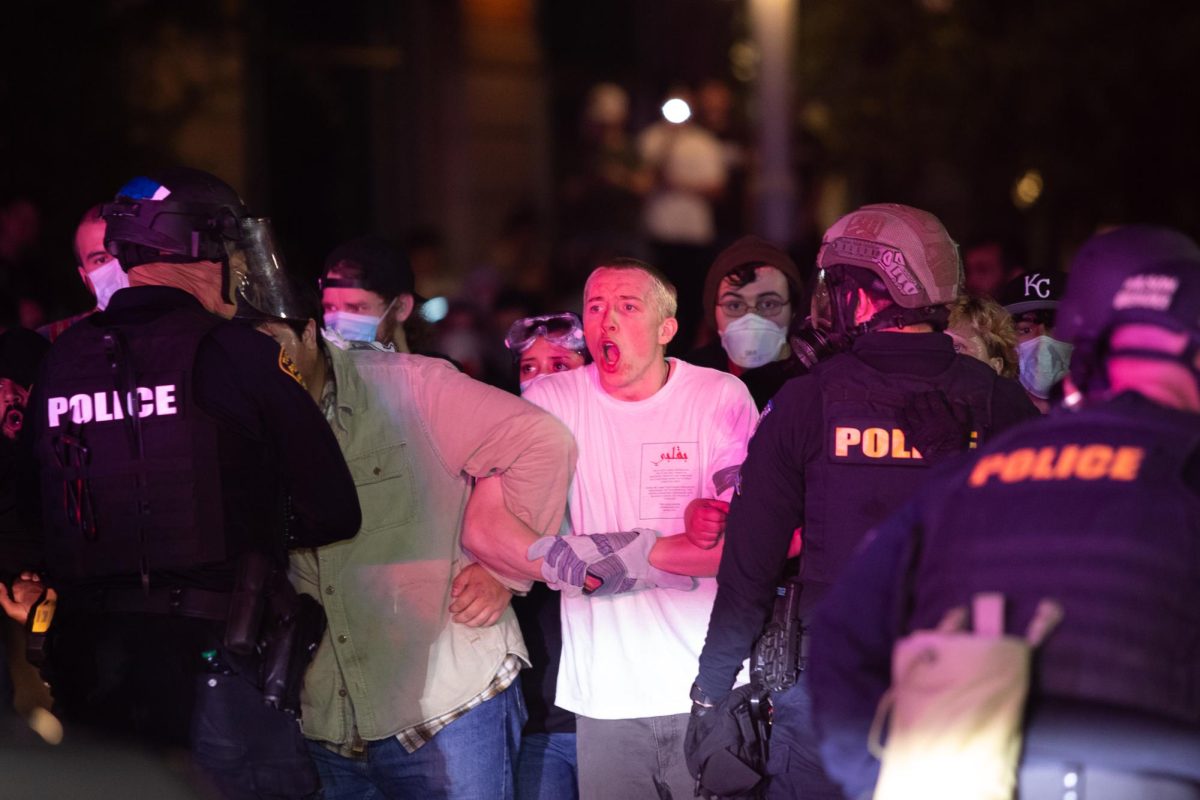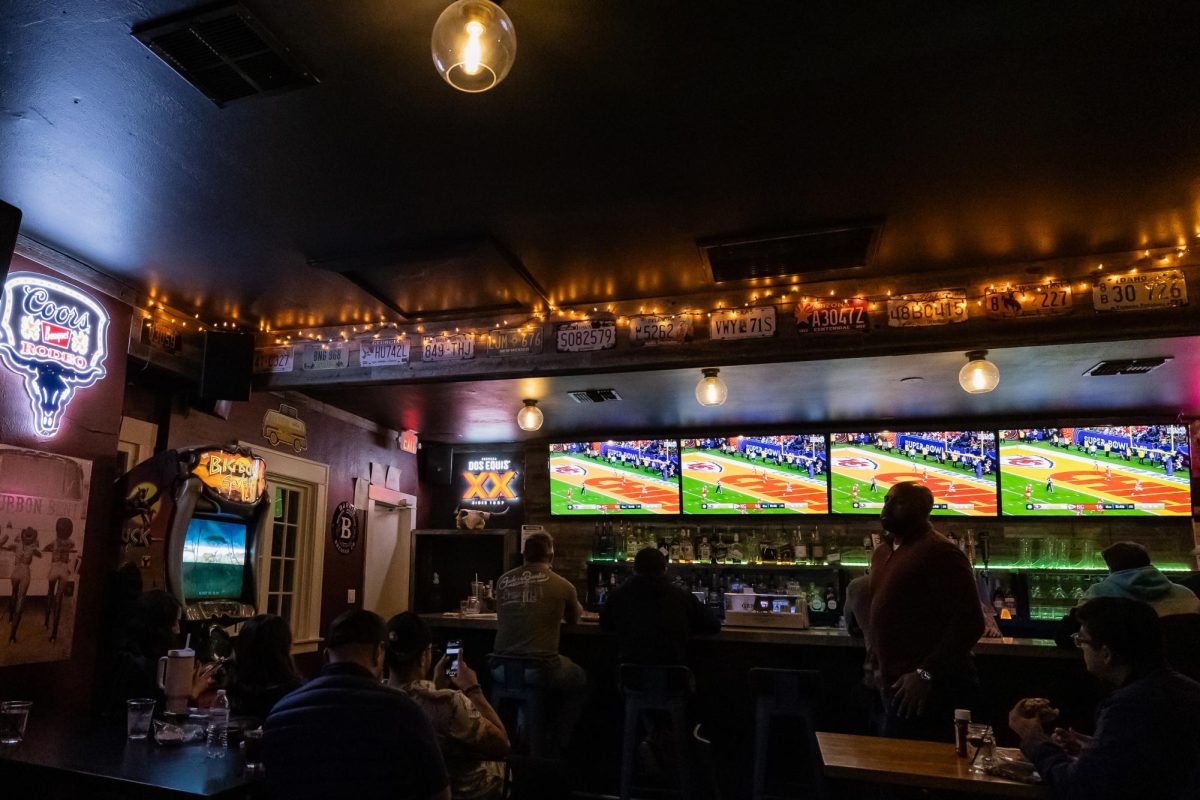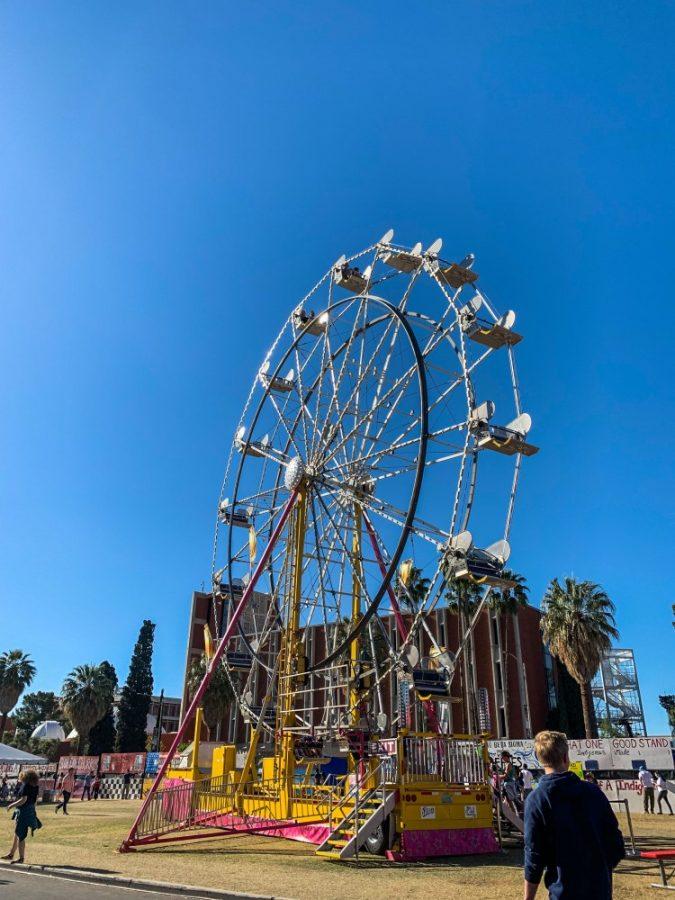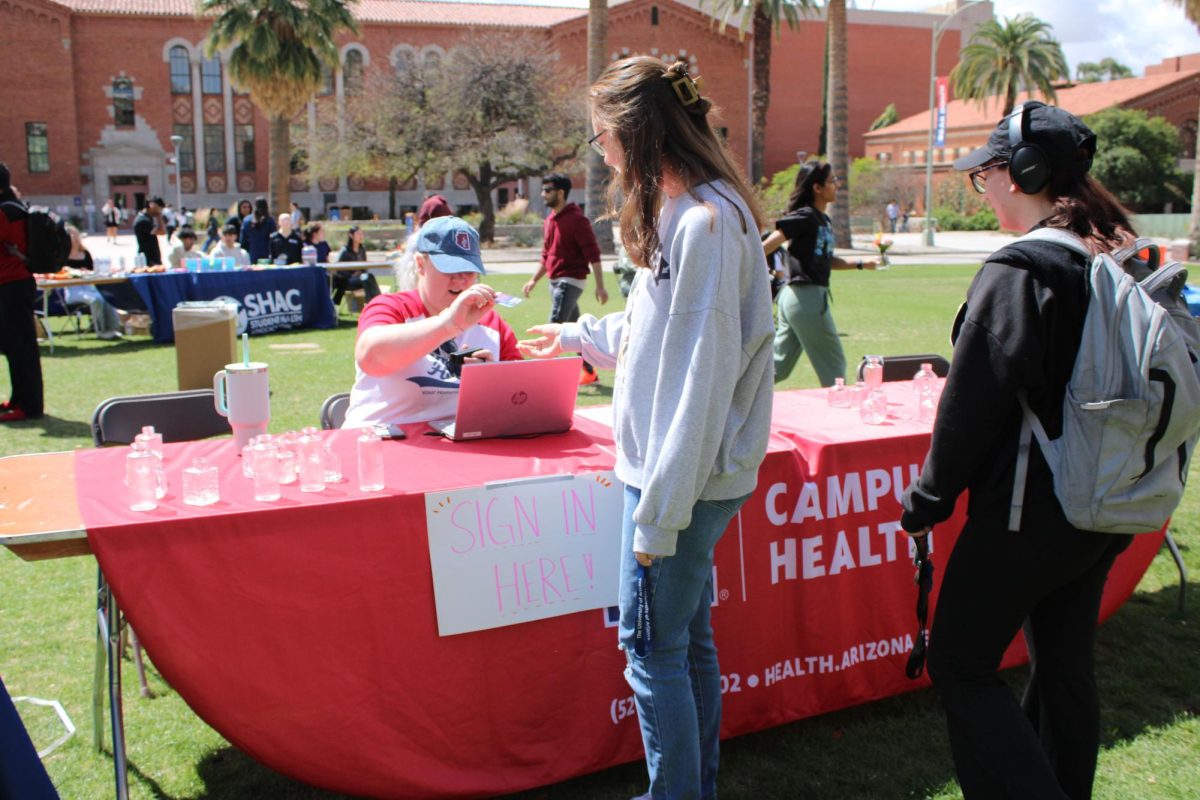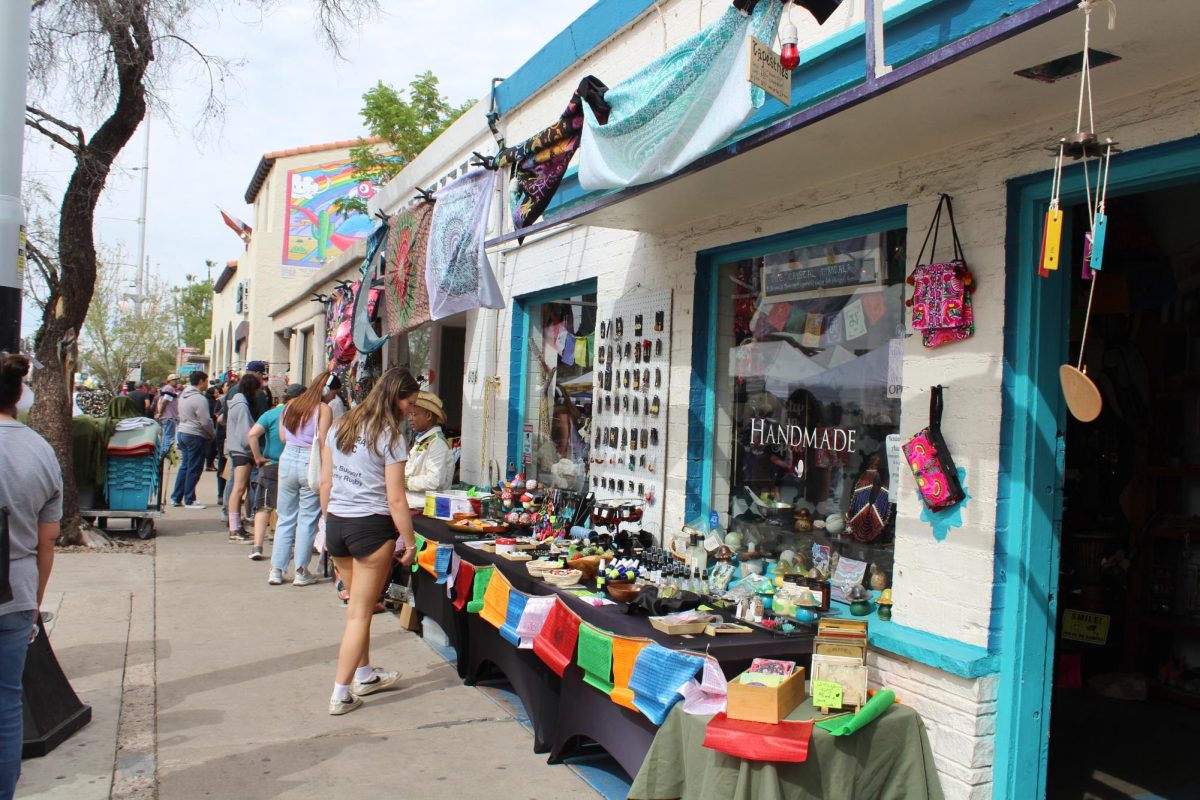LOS ANGELES — Riding in school buses in the early morning, then sitting in poorly lighted classrooms are the main reasons students have trouble getting to sleep at night, according to new research.
Teenagers, like everyone else, need bright lights in the morning, particularly in the blue wavelengths, to synchronize their inner, circadian rhythms with nature’s cycles of day and night.
If they are deprived of blue light during the morning, they go to sleep an average of six minutes later each night, until their bodies are completely out of synch with the school day, researchers from
The finding was made by fitting a group of students with goggles that blocked blue light and discovering that their circadian rhythms were significantly affected.
“”These morning-light-deprived teenagers are going to bed later, getting less sleep and possibly underperforming on standardized tests,”” said lead author
“”This is a nice little preliminary study”” that definitely needs to be replicated, said sleep researcher
Parents and teachers have been complaining in recent years that teens stay up too late at night, then fall asleep in class the next morning and do poorly. The new findings provide a possible explanation for the problem.
At the root of the research is the circadian rhythm, the body’s natural sleep and waking cycle. Even though the Earth makes a full rotation in 24 hours, the body’s circadian cycle is about 24 hours and six minutes long. The cycle is mediated by a chemical called melatonin. The body starts to produce it about two hours before it is time to fall asleep and, in the absence of light, melatonin is released about six minutes later each day.
That is why people in dark rooms, caves or other locations with no external time cues will fall asleep about six minutes later each day, so that their sleep-wake cycles slowly drift in and out of phase with the outside world.
In the study, Figueiro and
On a Friday night, the researchers measured what time the 11 students’ bodies began releasing melatonin. On Monday morning, the students were sent to school with orange goggles that blocked most blue light from their eyes to mimic the conditions found in many — if not most — schools.
By the end of the week, the students were releasing melatonin 30 minutes later in the evening — an average of six minutes per day — and going to sleep correspondingly later.
“”This is our first field study,”” Figueiro said. “”We would like to replicate it in larger studies, also for longer periods of time. We would also like to determine if you can see an impact on performance.””
If the findings are replicated, a variety of solutions are available. Ideally, new schools would be built to allow more natural sunlight into the classrooms. Students could also be exposed to more sunlight outside.
Incandescent lights should never be used in classrooms because “”they are heavy on yellow and red, and the circadian system is not tuned to those colors,”” Figueiro said. “”You want incandescent light sources in the evening.””
Some fluorescent lights are also not very good. Most that are currently used produce orange or reddish light, but it is now possible to purchase bulbs that emit more blue.



